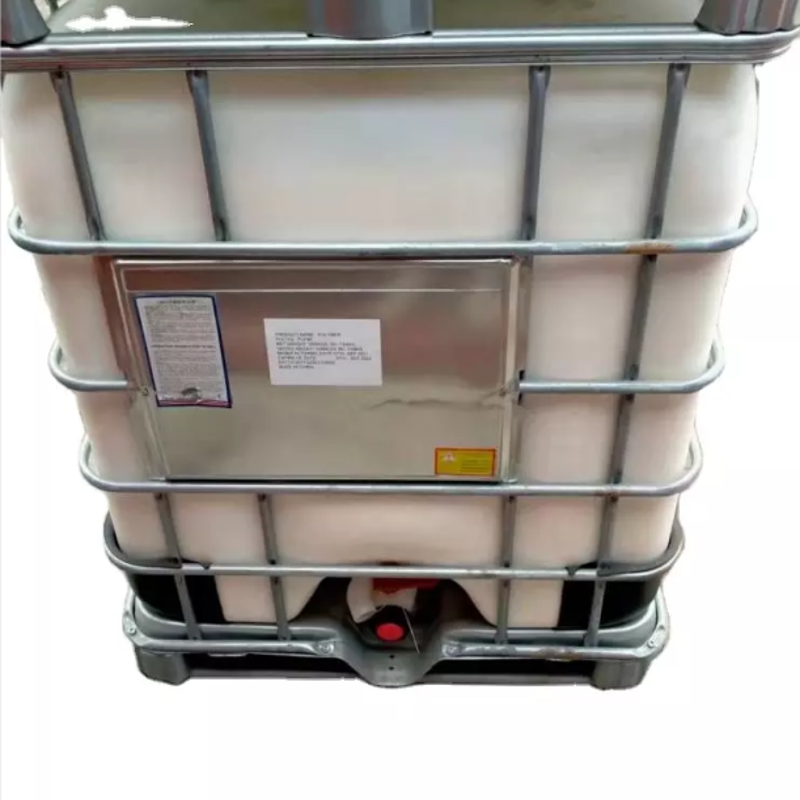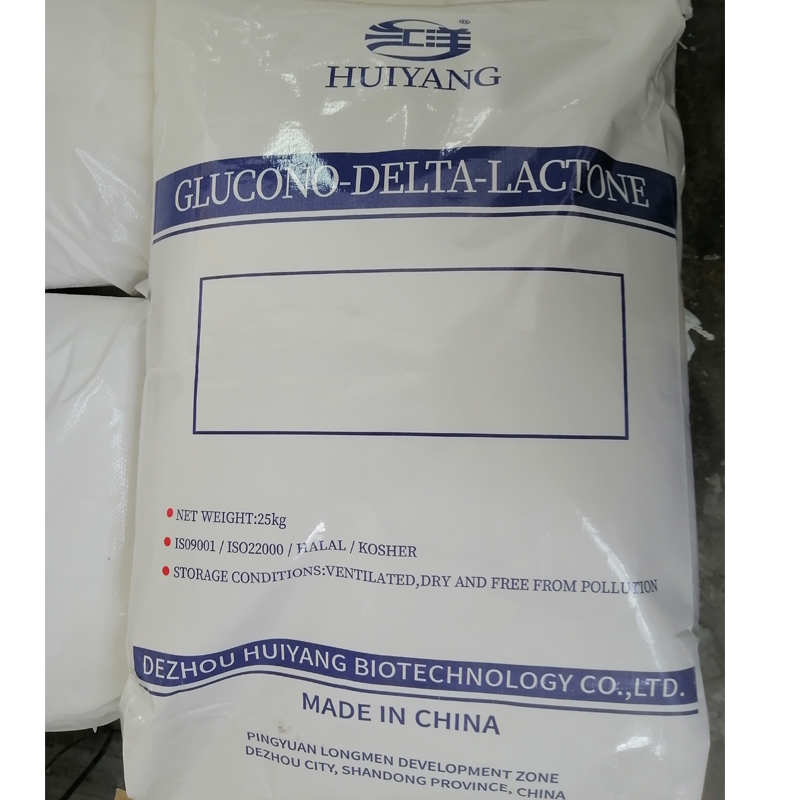-
Categories
-
Pharmaceutical Intermediates
-
Active Pharmaceutical Ingredients
-
Food Additives
- Industrial Coatings
- Agrochemicals
- Dyes and Pigments
- Surfactant
- Flavors and Fragrances
- Chemical Reagents
- Catalyst and Auxiliary
- Natural Products
- Inorganic Chemistry
-
Organic Chemistry
-
Biochemical Engineering
- Analytical Chemistry
- Cosmetic Ingredient
-
Pharmaceutical Intermediates
Promotion
ECHEMI Mall
Wholesale
Weekly Price
Exhibition
News
-
Trade Service
chain glycolipids) as a food additive safety
.
After evaluation, the expert team concluded that the long-chain glycolipids from the artificial flower ears of scallops will not pose safety problems for the applicant's proposed use and level of use
.
Some of the original reports are as follows:
.
Some of the original reports are as follows:
The EFSA Panel on Food Additives and Flavourings (FAF) provides a scientific opinion on the safety of long-chain glycolipids from Dacryopinax spathularia (also called AM-1) as a food additive.
AM-1 is a purified mixture of long-chain glycolipid congeners obtained by fermentation of the edible non-genetically modified fungus Dacryopinax spathularia.
AM-1 glycolipids have very low oral bioavailability and overall available toxicology data do not demonstrate any adverse effects of the proposed food additive.
Considering the available data set the Panel established an ADI of 10 mg/kg bw per day based on a range of NOAELs between 1,000 and 1,423 mg/kg bw per day (the highest doses tested), from the reproductive and a prenatal developmental toxicity studies in rats and 90-day studies in rat and dog.
At the proposed maximum use levels , the exposure estimates ranged at the mean from 0.
01 to 1.
07 mg/kg bw per day and at the p95 from 0 to 3.
1 mg/kg mg/kg bw per day.
At the proposed typical use levels, the exposure estimates ranged at the mean from <0.
01 mg/kg bw per day to 0.
23 mg/kg bw per day and at the p95 from 0 to 0.
64 mg/kg bw per day.
The Panel noted that the highest estimate of exposure of 3.
1 mg/kg bw per day ( in toddlers) is within the established ADI of 10 mg/kg bw per day and concluded that the exposure to long-chain glycolipids from Dacryopinax spathularia does not raise a safety concern at the uses and use levels proposed by the applicant.
AM-1 is a purified mixture of long-chain glycolipid congeners obtained by fermentation of the edible non-genetically modified fungus Dacryopinax spathularia.
AM-1 glycolipids have very low oral bioavailability and overall available toxicology data do not demonstrate any adverse effects of the proposed food additive.
Considering the available data set the Panel established an ADI of 10 mg/kg bw per day based on a range of NOAELs between 1,000 and 1,423 mg/kg bw per day (the highest doses tested), from the reproductive and a prenatal developmental toxicity studies in rats and 90-day studies in rat and dog.
At the proposed maximum use levels , the exposure estimates ranged at the mean from 0.
01 to 1.
07 mg/kg bw per day and at the p95 from 0 to 3.
1 mg/kg mg/kg bw per day.
At the proposed typical use levels, the exposure estimates ranged at the mean from <0.
01 mg/kg bw per day to 0.
23 mg/kg bw per day and at the p95 from 0 to 0.
64 mg/kg bw per day.
The Panel noted that the highest estimate of exposure of 3.
1 mg/kg bw per day ( in toddlers) is within the established ADI of 10 mg/kg bw per day and concluded that the exposure to long-chain glycolipids from Dacryopinax spathularia does not raise a safety concern at the uses and use levels proposed by the applicant.
This article is edited by Foodmate.
com Food Information Center for the reference of netizens.
If you have any questions, please contact news@foodmate.
net
.
com Food Information Center for the reference of netizens.
If you have any questions, please contact news@foodmate.
net
.







